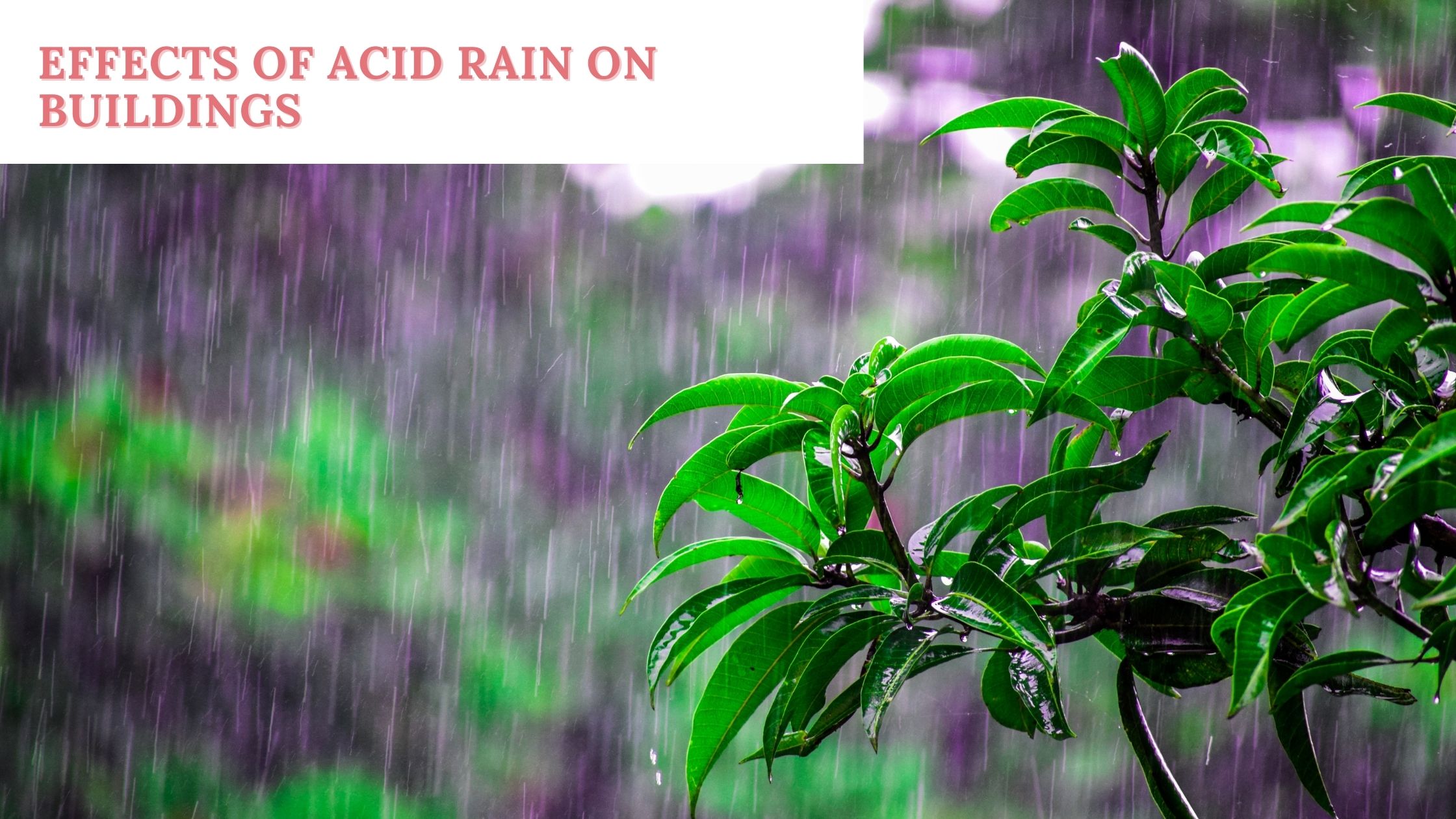Effects of Acid Rain on Buildings
Abstract
In this post, we will see the Effects of Acid Rain. Acid rain is the rain that becomes acidic due to water vapors reacting with other pollutants like nitrogen and sulfur present in our atmosphere. Acid rains are huge threats to the ecosystem and environment. In addition, these cause serious damages to the buildings and monuments the world over.
Overview
Building materials like Limestone and marbles are susceptible to damage by acid rain. These two comprise a component called calcite that easily dissolves in acid. Acid rains cause heavy damage to the concrete surfaces and paint finishes on building surfaces.
Conduct this science project to understand, which building materials are prone to acid rain damage. Use marble, limestone, granite, and bricks to carry out this project.
Effects of Acid Rain Theory
Limestone is susceptible to most damages from the acid rain between marble, Limestone, granite, and bricks.
Procedure for the Experiment
Required Materials
The materials required for this science fair project experiment: –
- 100 grams each of marble, brick, granite, and Limestone.
- 1-digital weighing scale
- 4-beakers, 1600ml of vinegar
- 1 measuring cylinder, 1 piece of cloth, 1 sandpaper, hammer, and chisel
Procedure
Independent Variable– Construction material for testing marble, limestone, brick, and granite.
Dependent Variable– The weight measurement of the residual construction material after a few days.
Constant Variable– The amount of vinegar used and its acidity, the preliminary weight of the construction material, duration of the science experiment.
- All four materials marble, limestone, brick, and granite should be 100 gm each and clean for the Effects of Acid Rain experiment. Use hammer, chisel, and sandpaper if weight is more than the requirement. Record the weight before you begin.
- Measure 400ml vinegar in the measuring cylinder and pour them into 4-separate beakers where materials are placed for testing. Vinegar is used here as a replica of acid rains.
- For consecutive four days, take out the materials from the beakers and wipe them clean to take their weights on the digital scale and record them.
Observation
In the Effects of Acid Rain experiment, the weight observed on the different materials after dipping them individually in vinegar for four days is as below. The weight remains now of the initial weight of100 g each, and the rest dissolved in vinegar.
Marble – 26g
Granite- 96g
Brick- 76g
Limestone- 11g
Observation
Observed that the limestone and marble lost most quantity in weight. The brick lost relatively lesser of its actual weight by 24% and the granite dissolved the least.
The technology has helped modern homes and buildings to acquire materials resistant to acid rain. However, acid rains still affect them in a big way.
- The steel rods corrode when exposed to acid rains.
- Bricks start to disintegrate in the acid rain even the special fabric called silica that holds the material. Thus, bricks become weak and brittle, causing bricks walls to collapse, as seen in many cases.
Conclusion
The belief that limestone faces the biggest damage from acid rain is true. This causes huge damages every year and costs millions that go to waste. This weakens steel structures, bridges, buildings, and historical monuments. This is alarming and needs due care and the use of the right materials.

